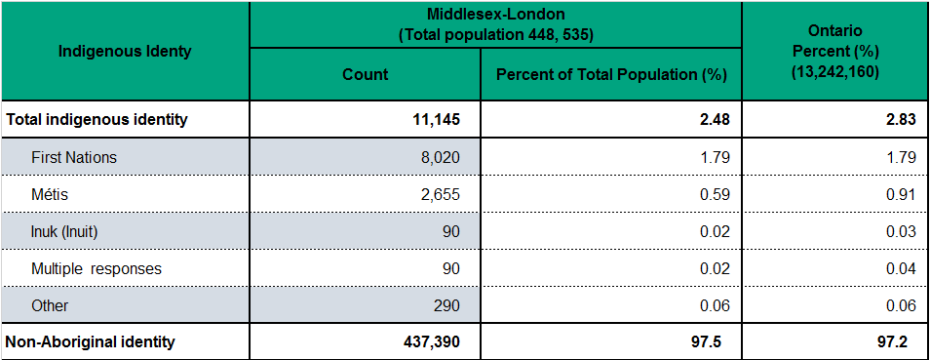Figure 1.6.1: Indigenous population by identity type
Number and percent, Middlesex-London and Ontario, 2016

Note: Indigenous identity is based on Statistics Canada's “Aboriginal identity” derived variable includes persons who are First Nations (North American Indian), Métis or Inuk (Inuit) and/or those who are Registered or Treaty Indians (that is, registered under the Indian Act of Canada) and/or those who have membership in a First Nation or Indian band. Aboriginal peoples of Canada are defined in the Constitution Act, 1982, section 35 (2) as including the Indian, Inuit and Métis peoples of Canada.
The Chippewas of the Thames First Nation and the Oneida Nation of the Thames band councils did not give Statistics Canada permission to enter their territory and did not participate in the Census. In addition, less than 50 percent of the members of Munsee-Delaware Nation completed the census long-form which resulted in suppression of more detailed demographic information collected on the long-form.
The number of Indigenous people in Middlesex-London is likely much higher than the Census indicates. It is important to consider the census data in the context of other sources of data such as Our Health Counts London to gain a more complete picture of the population.
According to the 2016 Census, the majority (72%; 8,020) of Indigenous people in Middlesex-London identified as First Nations. Our Health Counts London also identified that the majority of Indigenous adults in London were First Nations and that First Nations people comprised a much higher percent of the Indigenous population (95%).